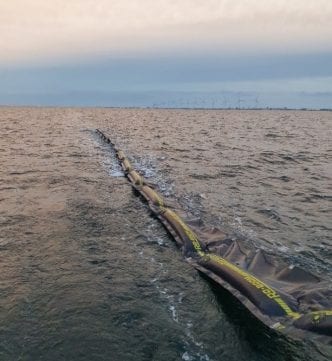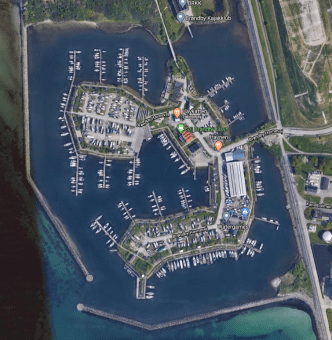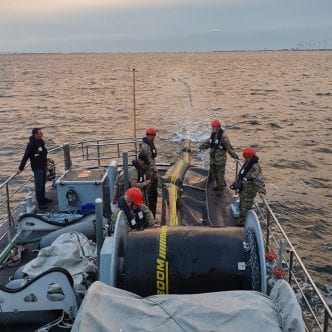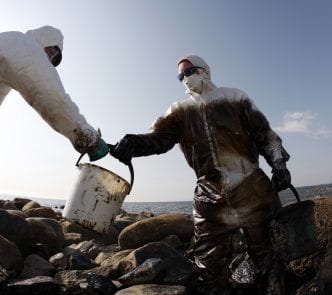
Marine Environmental Preparedness in Denmark: Cooperation, Exercises and Challenges (3/3)
In this three-part blog series the roles of different stakeholders participating in the oil spill response in shallow waters and coastal areas …

In this three-part blog series the roles of different stakeholders participating in the oil spill response in shallow waters and coastal areas …

In this three-part blog series the roles of different stakeholders participating in the oil spill response in shallow waters and coastal areas in Denmark are explained. In this second article, the Danish Emergency Management Agency, Elsinore Fire Department as a representative of municipal authorities, and Brøndby harbor as an example of harbors are introduced.

In this article series, the different stakeholders who participate in the oil spill response in shallow waters and coastal areas in Denmark and their cooperation are presented. The stakeholders include Navy’s Marine Environmental Response, municipality fire and rescue services, Naval Home Guard, Danish Emergency Management Agency department, and harbors.
In the previous articles, the facts of the greatest oil spill in Danish waters were presented. 2,700 tonnes of oil leaked from the bunker ship Baltic Carrier on 29 March 2001 near the island of Falster, Denmark. For two weeks, Danish, German, and Swedish authorities cooperated to contain and collect the oil on sea and in shallow waters. In the following months, the affected municipalities continued the cleaning operation on the shores. By the end of July 2001, a total of 10,750 tonnes of oil and oil contaminated material had been collected. But is there more to the story?
An oil spill drifting into a narrow belt will most likely not hit the shore in one place – but in several places. And that is exactly what happened when oil from the Baltic Carrier drifted into the Belt of Groensund in the evening on 29 March 2001.
“The oil was so thick − like tar − that you could almost walk on it” – Peter Søe. It was not easy to remove the 2,350 tonnes of heavy fuel oil from the sea, shallow waters, or shores. Many people and an enormous number of wellingtons, waders, and shovels were needed in the operation.
Large-scale oil spill disasters are – luckily – relatively rare. But when they do happen, the existing knowledge, skills, and procedures are …

WWF Finland (WWF FI) is one of the Associated Organizations of the OIL SPILL project. It is part of the Finnish Voluntary …
POSTPONED, MORE INFORMATION WILL FOLLOW OIL SPILL Midterm meeting will be organized during the Vellamo exercise in Finland next summer. All Project …